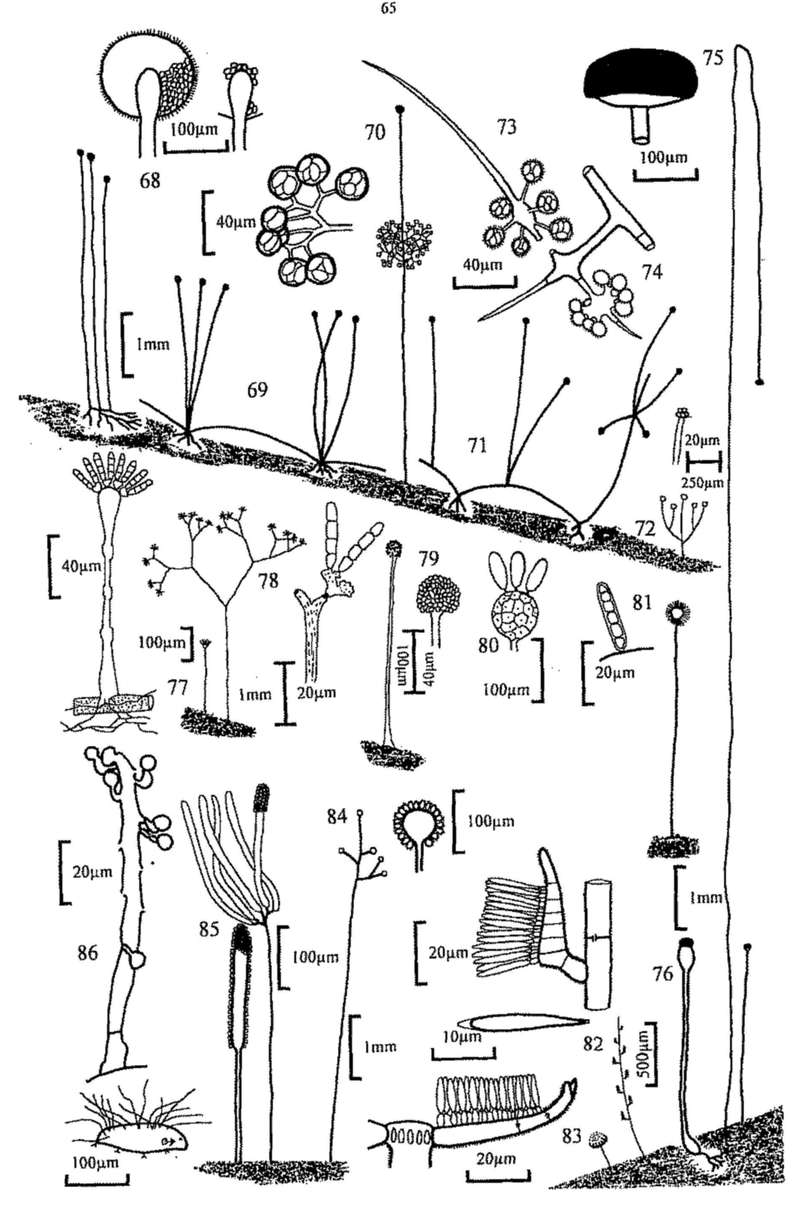
Fig. 68. Mucor, habit and detail of sporangium before and after dehiscence.
Fig. 69. Rhizopus, habit.
Fig. 70. Thamnidium elegans, habit and detail of sporangioles.
Fig. 71. Absidia, habit.
Fig. 72. Mortierella, habit and sporangiophore tip after sporangial dehiscence.
Fig. 73. Helicostylum, sporangioles.
Fig. 74. Chaetocladium, sporangioles.
Fig. 75. Pilaira, sporangiophores before and after elongation, and sporangium.
Fig. 76. Pilobolus, sporangiophore.
Fig. 77. Syncephalis, habit, sporangiophore and merosporangia.
Fig. 78. Piptocephalis, habit and detail of final branch with head cell and merosporangia.
Fig. 79. Oedocephalum, habit and sporing head.
Fig. 80. Rhopalomyces, sporing head.
Fig. 81. Syncephalastrum, habit and detail of merosporangium.
Fig. 82. Coemansia, habit, sporoclade with sporangia and sporangium with spore inside.
Fig. 83. Kickxella, habit and sporoclade.
Fig. 84. Cunninghamella, habit and fertile head.
Fig. 85. Mycotypha (l) and Ostracoderma (r) conidiophores.
Fig. 86. Ballocephala, habit of sporangiophores growing from parasitised tardigrade, sporangiophore and sporangia.